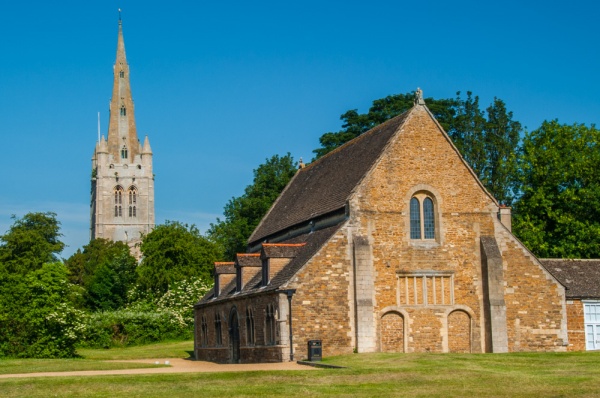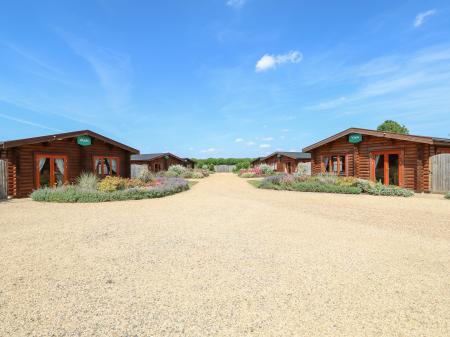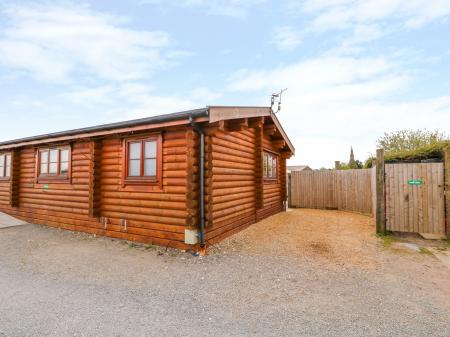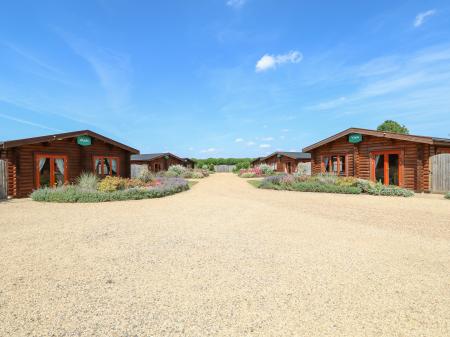
Oakham was a major royal estate in the Saxon period, and it seems likely that there was a sizeable royal hall here by the 11th century. The Normans used Oakham as an administrative and legal centre, rather than as a defensive structure, surrounding the hall with an outer defensive wall and a stone gatehouse.
In time, the enclosure at Oakham would grow to include a moat, drawbridge, and defensive wall towers. Apart from the hall, there would have been a large number of secondary buildings within the castle enclosure, including a buttery, pantry, larder, solar, barns, a forge, stables, a gaol, and the lord's private chapel. In other words, it was a very sizeable place!
The fortification of Oakham took place between 1180 and 1190, and it was built for Walkelin de Ferrers, a knight of French descent whose ancestor, Henry Ferrers, had served under William the Conqueror at the Battle of Hastings.
Shortly after the completion of Oakham Castle, de Ferrers left on Crusade to the Holy Land with Richard the Lionheart. When King Richard was late held prisoner in Germany, de Ferrers was the man sent to carry the king's ransom to the Holy Roman Emperor.
As for the castle itself, it was built by the same team of English masons who had just completed the choir arcade at Canterbury Cathedral. They probably worked to design templates devised by William of Sens, the leading master mason of the day.
The Great Hall built for Walkelin de Ferrers has been called one of the finest bits of Norman domestic architecture in Britain and with good reason. It is remarkable that it has survived at all, but that is down to the fact that it served as a courthouse until very recently. The county gaol for Rutland stood within the bailey until the 15th century.
The Oakham Castle Horseshoes
Oakham Castle is famous for its collection of hundreds of horseshoes given by peers of the realm over the course of centuries. For more about the horseshoes see the article accompanying this attraction.




 We've 'tagged' this attraction information to help you find related historic attractions and learn more about major time periods mentioned.
We've 'tagged' this attraction information to help you find related historic attractions and learn more about major time periods mentioned.


